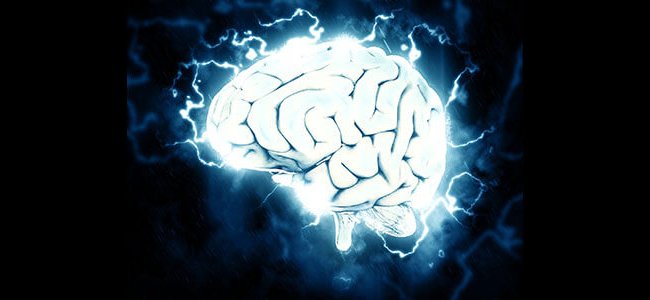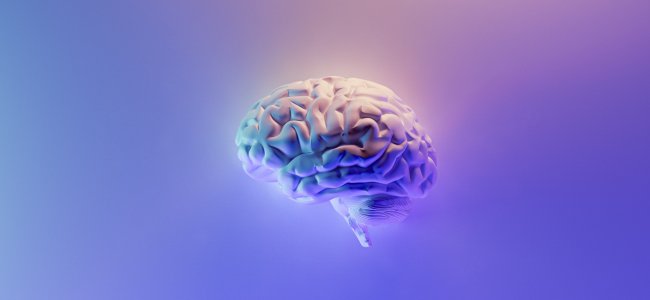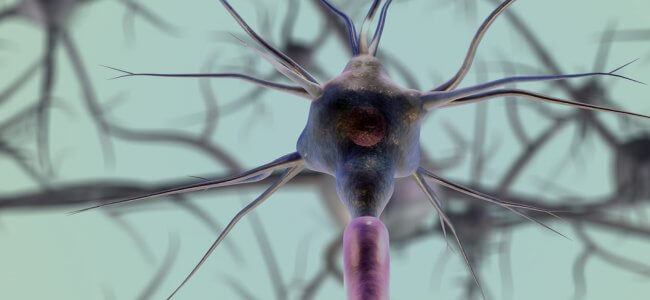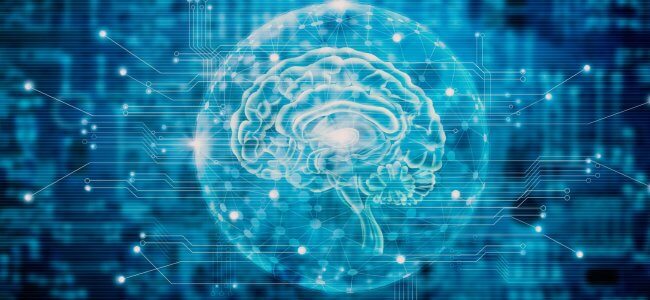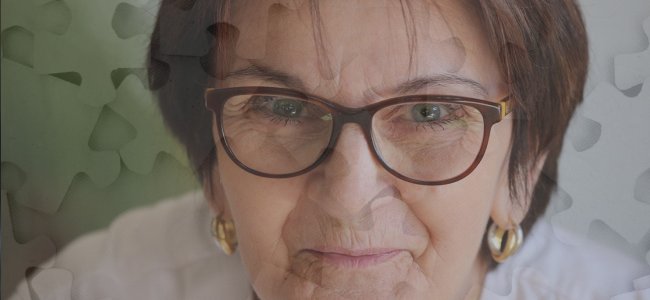Alzheimer and cognitive rehabilitation: their progress in recent years

La redazione di Emianopsia.com ha il piacere di ospitare la Dott.ssa Graziana Romano: laureata in psicologia con magistrale in neuroscienze cognitive. La Dott.ssa Romano ci offrirà una panoramica su Alzheimer e riabilitazione cognitiva.
La progressiva importanza della riabilitazione nei casi di decadimento cognitivo
Negli ultimi anni si è assistito a una crescita di interesse rispetto alle potenzialità della riabilitazione cognitiva nella malattia di Alzheimer e, ad alimentare questo “nuovo corso”, hanno indubbiamente contribuito:
- la “battuta di arresto” della ricerca di una terapia farmacologica efficace;
- i sempre più evidenti limiti dei farmaci anticolinesterasici.
Dalla letteratura disponibile emerge che il paradigma riabilitativo (recupero funzionale attraverso un’attività stimolativa specifica) può essere certamente utile nelle fasi precoci e moderate dell’AD, ma ciò non deve mai prescindere dall’attenzione al contesto emozionale e ambientale in cui il paziente vive.
Ecco un video pubblicato dall’Università di Padova in cui si spiega in cosa consiste la riabilitazione cognitiva.
Alzheimer e riabilitazione cognitiva: quali sono gli obiettivi?
L’obiettivo della riabilitazione non può essere individuato nella guarigione o nel ripristino della funzione perduta bensì:
- nella valorizzazione delle capacità ancora presenti;
- nel miglioramento dell’interazione con l’ambiente;
- nella riduzione dell’eccesso di disabilità;
- nella promozione di strategie di compenso;
- nel mantenimento delle autonomie funzionali;
- nella tutela del valore umano e sociale della persona nel proprio ambiente e con i limiti imposti dalla patologia, dal danno funzionale e dalle risorse cognitive residue disponibili.
Tali obiettivi trovano un perfetto accordo con quanto prevede l’Organizzazione Mondiale della Sanità che definisce la “riabilitazione” come “insieme di interventi che mirano allo sviluppo di una persona al suo più alto potenziale sotto il profilo fisico, psicologico, sociale, occupazionale ed educativo, in relazione al suo deficit fisiologico o anatomico e ambientale”.
Il programma riabilitativo 3R
Tra gli approcci multistrategici il più diffuso ed efficace sia sul piano cognitivo sia su quello comportamentale è il programma riabilitativo 3R, che prevede tre interventi (3R) tra loro complementari e sempre finalizzati al potenziamento e rafforzamento delle capacità residue del paziente. Gli interventi sono:
- terapia di orientamento alla realtà (ROT): si propone di riorientare il paziente attraverso una serie di stimolazioni riferite al tempo e allo spazio nonché alle informazioni autobiografiche. Attraverso la stimolazione dell’orientamento nello spazio, nel tempo, dell’attenzione, del linguaggio e delle abilità senso-percettive si cerca di mantenere e potenziare le capacità residue e di migliorare il rapporto con l’ambiente di vita.
- reminiscenza: è la stimolazione della memoria attuata attraverso il ricordo di eventi passati e delle esperienze autobiografiche. In questo modo si cerca di stimolare la memoria ripercorrendo la storia personale, eventi significativi della vita di ogni singolo soggetto, utilizzando strumenti diversi quali fotografie, diapositive, giornali, etc.
- rimotivazione: consiste nell’incoraggiare la discussione rispetto ad alcune tematiche legate al contesto di vita attuale e in particolare alla quotidianità o ai problemi che la persona affronta. La finalità è dunque quella di aiutare la persona a ritrovare la motivazione per sentirsi ancora partecipe del mondo e della realtà nella quale vive. Attraverso la discussione di avvenimenti e argomenti di attualità si prefigge di contrastare la tendenza all’isolamento.
Alzheimer e riabilitazione cognitiva: i training
I metodi riabilitativi definiti training cognitivi sono un altro esempio di stimolazione cognitiva; si tratta di esercizi standard riguardanti una o più aree cognitive quali:
- memoria;
- attenzione;
- linguaggio;
- funzioni esecutive.
L’uso di questi interventi riabilitativi si basa sul presupposto che l’esecuzione ripetitiva di esercizi riferibili a un determinato compito (ad esempio la memoria) possa aumentare o mantenere la performance in quel compito specifico. Il training prevede sia sessioni individuali sia piccoli gruppi. Gli esercizi utilizzati sono standard e non personalizzati.
Training computerizzati
Tra i training cognitivi rientra anche l’utilizzo di esercizi computerizzati finalizzati all’attivazione delle funzioni cognitive. Le tecniche computerizzate rappresentano uno strumento integrativo al trattamento individualizzato dei disturbi di memoria.
Più di recente, nell’ambito della riabilitazione domiciliare, vengono utilizzate le Assistive Technology (AT) intese come “qualunque oggetto, parte di equipaggiamento o sistema, acquisito commercialmente, che venga utilizzato per mantenere o migliorare le capacità funzionali degli individui con disabilità” (WHO e Word Bank, 2011).
Altri tipi di approccio
Un ulteriore approccio alla riabilitazione è l’utilizzo terapeutico delle tecniche di stimolazione cerebrale non invasive come la stimolazione magnetica transcranica (TMS) e la stimolazione transcranica a corrente continua (tDCS). Queste metodiche di stimolazione cerebrale sono in grado di:
- interagire con l’attività del sistema nervoso centrale;
- modulare comportamenti motori e prestazioni cognitive;
- facilitare il reclutamento di reti cerebrali “indebolite” a causa di una diminuzione dell’efficacia sinaptica legata alla malattia, con l’obiettivo di mantenere l’attività di tali reti cerebrali e la capacità degli individui di svolgere le funzioni quotidiane.
I cambiamenti cerebrali indotti da queste metodiche possono durare oltre il periodo di stimolazione.
Ringraziamo la Dott.ssa Romano per questo prezioso intervento su “Alzheimer e riabilitazione cognitiva” e vi invitiamo ad approfondire questa malattia nell’articolo: Alzheimer: casi destinati a raddoppiare ogni 20 anni.

You are free to reproduce this article but you must cite: emianopsia.com, title and link.
You may not use the material for commercial purposes or modify the article to create derivative works.
Read the full Creative Commons license terms at this page.
